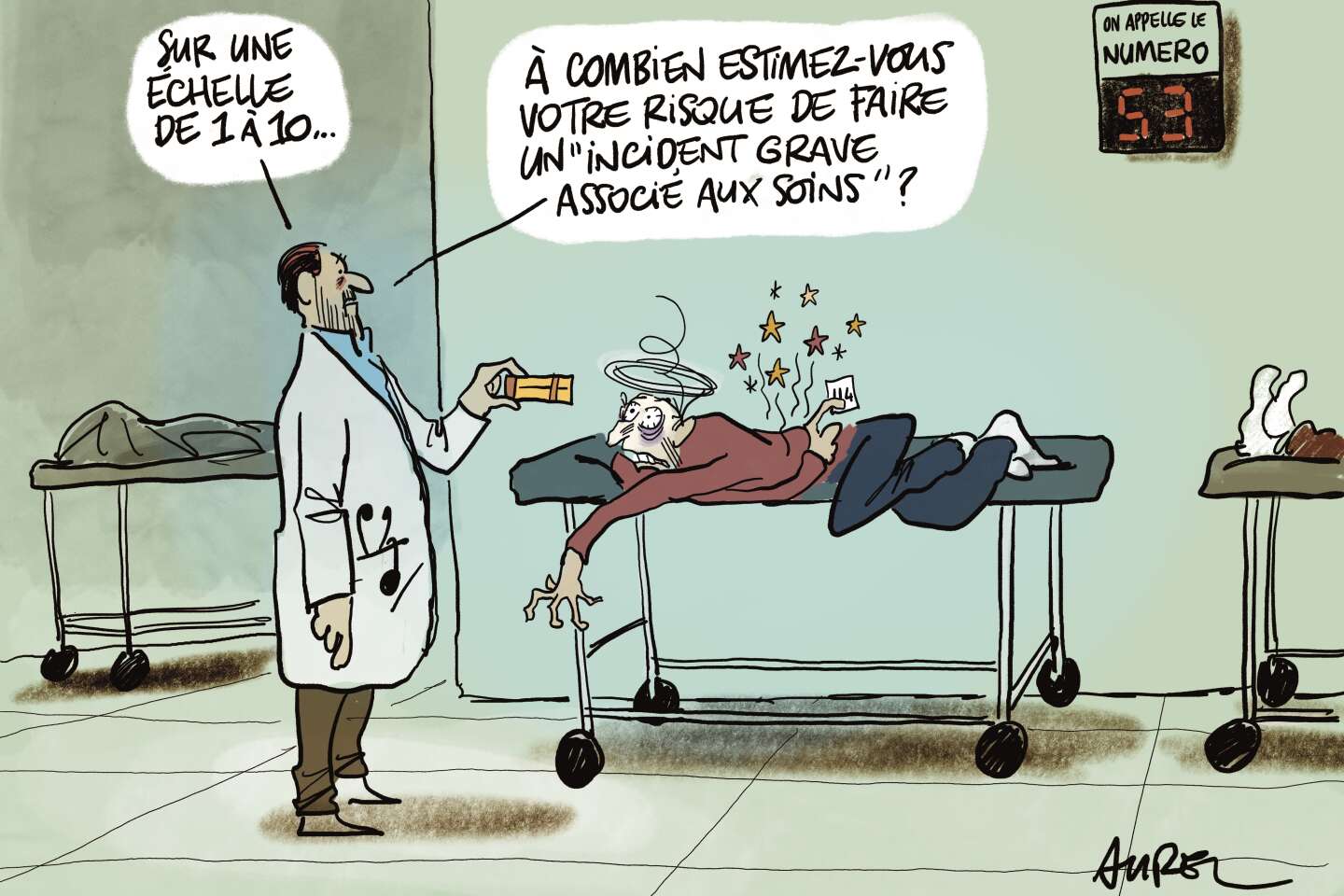

In recent months, several deaths in emergency rooms have fueled the pages of newspapers and chronicles of supposed hospital failures. Could these tragedies have been avoided? This is the story of 25-year-old Lucas, who died at the end of September 2023 after several hours on a stretcher in the emergency room of Hyères (Var) and whose parents are now taking the case to court. That of an elderly patient in Nantes who died on January 2nd after four hours in the “queue”, while other similar stories from Strasbourg, Grenoble, Bordeaux… In the latter city, emotions were high in the summer of 2023 after the chaotic journey of a pregnant woman who was thrown from duty to duty and whose baby died in hospital.
These incidents give the impression that they are multiplying, even if there is nothing that can categorically confirm or refute this. In healthcare jargon, we speak of a “serious adverse event related to care” to describe an unexpected event in relation to the patient’s health status and pathology, the consequences of which are either death or death. life-threatening, or the likely occurrence of a permanent functional deficit.
Year after year, the data published by the High Authority for Health (HAS) on this subject is certainly increasing – that is, 2,385 incidents in 2022 compared to 1,874 events in 2021 – but the HAS itself recognizes this: the development is commendable A “Culture” the declaration that is progressing in health facilities where these events are far from occurring systematically. On the contrary, they are largely under-declared, emphasizes the HAS. These figures cover various situations and range from lack of or delayed treatment to diagnostic or medication errors, from inappropriate prescriptions to complications of a therapeutic procedure.
A “symptom” of the hospital crisis
“There is no solid measuring deviceconfirms Marc Noizet, the head of SAMU-Ergences de France. What is certain is that nothing can reduce these incidents today, while the number of down services continues to increase. » Not surprisingly, the emergency room, the gateway to the hospital, is often disrupted.
“Emergency rooms are inherently a risky environment.recalls Mathias Wargon, head of the emergency room at the Delafontaine hospital in Saint-Denis (Seine-Saint-Denis). Because patients whose history we do not always know arrive in large numbers, teams rotate frequently, and work interruptions are frequent, each nurse may need to monitor ten, twelve, or fifteen patients at a time.explains the emergency doctor. And in this race against time to get the right diagnosis, sometimes the disease wins. » Other doctors point out: Emergencies are also a place “finish”or “Brutality”as families or relatives are often not admitted to these departments, in contrast to other floors of the hospital.
You still have 70% of this article left to read. The rest is reserved for subscribers.





